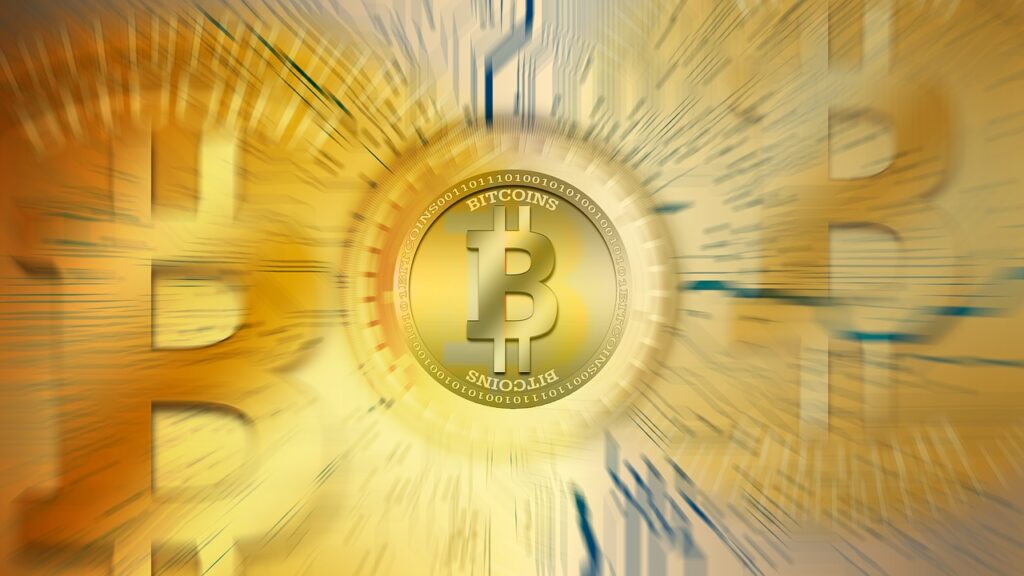
Blockchain and Bitcoin: A Beginner’s Guide
In the realm of digital finance, two terms reign supreme: blockchain and Bitcoin. If you’re new to the world of cryptocurrencies, fear not! In this beginner’s guide, we’ll unravel the mysteries of blockchain technology, explore the fascinating story behind Bitcoin, and delve into the intricacies of Bitcoin mining.
Understanding Blockchain: The Backbone of Cryptocurrencies
At its core, blockchain is a decentralized digital ledger that records transactions across a network of computers in a secure, transparent, and immutable manner. Think of it as a digital version of a traditional ledger, but instead of being stored in a centralized location, it’s distributed across multiple nodes, or computers, in a network.
Each block in the blockchain contains a collection of transactions, timestamped and cryptographically linked to the previous block, forming a chain. This ensures that once a transaction is recorded on the blockchain, it cannot be altered or tampered with, providing a high level of security and transparency.
The Genesis of Bitcoin: A Digital Revolution
Bitcoin, the first and most well-known cryptocurrency, was born out of a whitepaper published by the pseudonymous Satoshi Nakamoto in 2008. Nakamoto envisioned Bitcoin as a peer-to-peer electronic cash system that would enable secure, borderless transactions without the need for intermediaries like banks or financial institutions.
Bitcoin operates on its blockchain, which serves as a public ledger for recording all transactions made with the digital currency. Each Bitcoin transaction is verified by network participants known as miners, who compete to solve complex mathematical puzzles and add new blocks to the blockchain.
Unveiling Bitcoin Mining: The Backbone of the Network
Bitcoin mining is the process by which new bitcoins are created and transactions are validated on the Bitcoin network. Miners play a crucial role in securing the network and ensuring the integrity of transactions.
Mining involves using specialized hardware and software to solve complex mathematical puzzles, known as proof-of-work algorithms. These puzzles require significant computational power to solve, and miners compete to be the first to find the correct solution.
Once a miner successfully solves a puzzle, they add a new block of transactions to the blockchain and are rewarded with newly minted bitcoins, as well as transaction fees from the transactions included in the block. This process incentivizes miners to contribute their computing power to the network and helps maintain the security and decentralization of the Bitcoin network.
Conclusion: Embracing the Future of Finance
As we’ve journeyed through the intricacies of blockchain technology, explored the origins of Bitcoin, and unraveled the mysteries of Bitcoin mining, one thing becomes clear: cryptocurrencies represent a paradigm shift in the way we think about money, finance, and technology.
Whether you’re a curious beginner dipping your toes into the world of cryptocurrencies or an experienced enthusiast seeking to deepen your understanding, the journey ahead promises excitement, innovation, and endless possibilities.
So, dear reader, embrace the future of finance, dare to dream, and join us on this thrilling adventure into the world of blockchain and Bitcoin. Together, let’s unlock the potential of this transformative technology and shape the future of the digital economy.
